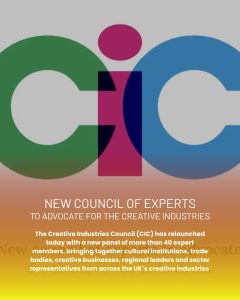
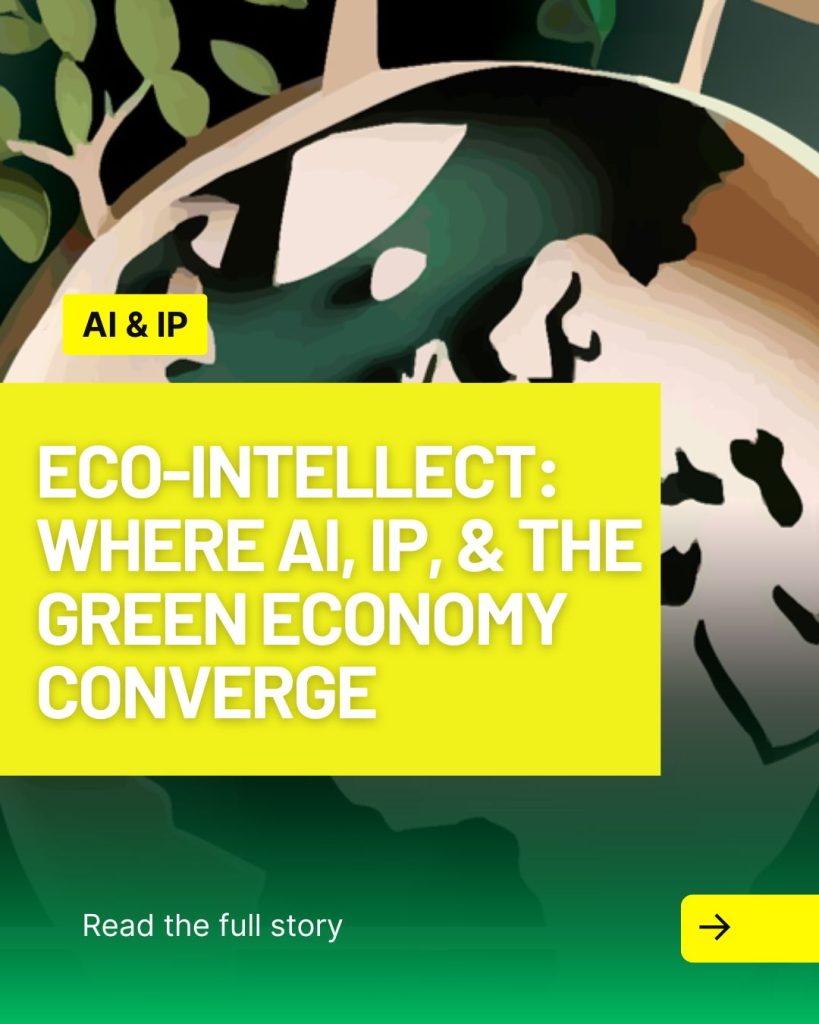
Artificial Intelligence (AI) and intellectual property (IP) are absolutely integral to innovation progress. When used ethically, AI drives efficiency and creates solutions and IP protects and safeguards content. Each is dependent on the other to ethically and legally achieve a green eco system.
Upskilling designers with ‘green skills’ requires an understanding of the intersections and inextricable links with IPAI. Why? Because it includes competencies and understanding of sustainable materials and processes, circular design principles, energy efficient design tools and technologies and environmental impact analysis.
AI is increasingly integrated in design optimisation tools such as reducing waste, energy or material use. When using sustainable parameters in generative design it can offer design solutions that meet particular sustainability goals. Together with life cycle software it can help personalise solutions and consider material performance.
Knowledge and understanding of IP is crucial to AI upskilling in order to protect original design through copyright, trade marks, patents and designs as well as trade secrets, and getting a handle on who owns AI generated work can mitigate against unintentional infringement. Being IP savvy will help upskill knowledge on open-source IP where IP is currently freely available, often with a licence to re-work or re-use).
Upskilling and using AI ethically can be a contributing factor to sustainable design solutions to be planet aware in an increasingly eco conscious culture.
Dids Macdonald OBE., Chairman and Co-founder of ACID said, “In a world where ethical AI plays an ever-growing factor in ground breaking green design and in so many other areas, equally significant is the unauthorised use of IP content by generated AI and Big Tech for training purposes without attribution, transparency and recompense for the originator. In the current talks with DCMS, DSIT and DBT, it is hoped that they may consider positive engagement with the Paris AI Action Summit declaration in February this year, committed to ensuring AI is “open, inclusive, transparent, ethical, safe, secure and trustworthy”.
Understanding ethical AI and IP does, however, creates its own challenges, not least about ownership. Traditional IP is relatively straight forward when created by human endeavour but the picture is confused when a new invention or design is created by AI. Who owns the IP? Until now, Courts, generally, have favoured human creators but for how long? If data scraping by AI “for training purposes” is only as good as the data it scrapes, discernment and specialised knowledge are critical for its effective use. Furthermore, there are concerns about transparency because of the complexity of how it is AI created, often using data for which it does not have permission.
Whilst ACID supports the fact that AI use can fuel innovation, we are also mindful that large AI models use substantial amounts of energy, which can clearly contribute to environmental strain. This will require further conversations with government, researchers, companies and policymakers to ensure AI companies develop more energy-efficient business models to use renewable energy sources and create sustainability standards in AI development. Creating the right balance between AI’s environmental impact and the positive impact as a powerful driver for cleaner, greener, and more responsible technology will only occur if policies reflect ethical and sustainable AI use. Achieving this balance is critical to responsible AI eco awareness across the tech industry.
Upskilling IP Case study: If, for example, you designed and created a ground breaking alternative to plastic using AI, you need to know how to protect it as well as fully understanding how it will impact on environmental ambitions. To apply for a patent for such an innovative idea, if you had disclosed or published the technical details to anyone other than a patent attorney (or trusted confidant under a confidentiality agreement) before a patent is granted, it may become invalid. For more information see here
Where can you acquire green skills and a better understanding of AI and IP?
Circular Design Guide – IDEO & Ellen MacArthur Foundation (Free)
Teaches circular economy principles tailored for designers.
Sustainable Packaging Design – LinkedIn Learning
Focus on eco-friendly materials, life-cycle thinking, and user experience.
LEED Green Associate Certification (by USGBC)
Recognised credential for sustainable design knowledge across sectors.
AI for Creative Professionals – FutureLearn / UAL (Free & Paid)
Tailored to artists and designers using generative tools responsibly.
AI in Sustainable Design – Coursera Specialization
Focuses on smart materials, optimization algorithms, and AI ethics.
General but helpful to build foundational understanding.
WIPO Academy – IP Courses (Free)
UN-level, global certification in IP with special tracks for creatives.
IP for Designers – Coursera/University of London
Tailored for visual and product designers dealing with copyrights, trademarks, and patents.
Learn to share legally, especially in open-source sustainable design.
Progammes that Blen all three Gree, AI and IP
University of the Arts London – MA in Design for Social Innovation and Sustainable Futures
Merges sustainability, tech, and policy (including AI/IP awareness).
Royal College of Art – Innovation Design Engineering (IDE)
Highly interdisciplinary, including modules on sustainability, machine learning, and entrepreneurship/IP.
Spread the Word

Latest News

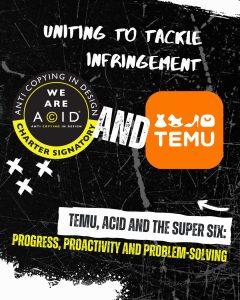
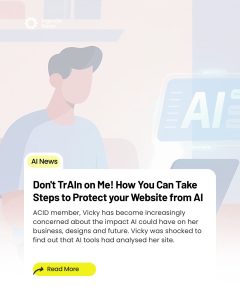
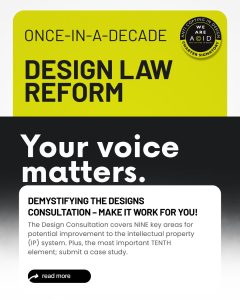

Newsletter Sign-Up
| Cookie | Duration | Description |
|---|---|---|
| cookielawinfo-checkbox-analytics | 11 months | This cookie is set by GDPR Cookie Consent plugin. The cookie is used to store the user consent for the cookies in the category "Analytics". |
| cookielawinfo-checkbox-functional | 11 months | The cookie is set by GDPR cookie consent to record the user consent for the cookies in the category "Functional". |
| cookielawinfo-checkbox-necessary | 11 months | This cookie is set by GDPR Cookie Consent plugin. The cookies is used to store the user consent for the cookies in the category "Necessary". |
| cookielawinfo-checkbox-others | 11 months | This cookie is set by GDPR Cookie Consent plugin. The cookie is used to store the user consent for the cookies in the category "Other. |
| cookielawinfo-checkbox-performance | 11 months | This cookie is set by GDPR Cookie Consent plugin. The cookie is used to store the user consent for the cookies in the category "Performance". |
| viewed_cookie_policy | 11 months | The cookie is set by the GDPR Cookie Consent plugin and is used to store whether or not user has consented to the use of cookies. It does not store any personal data. |